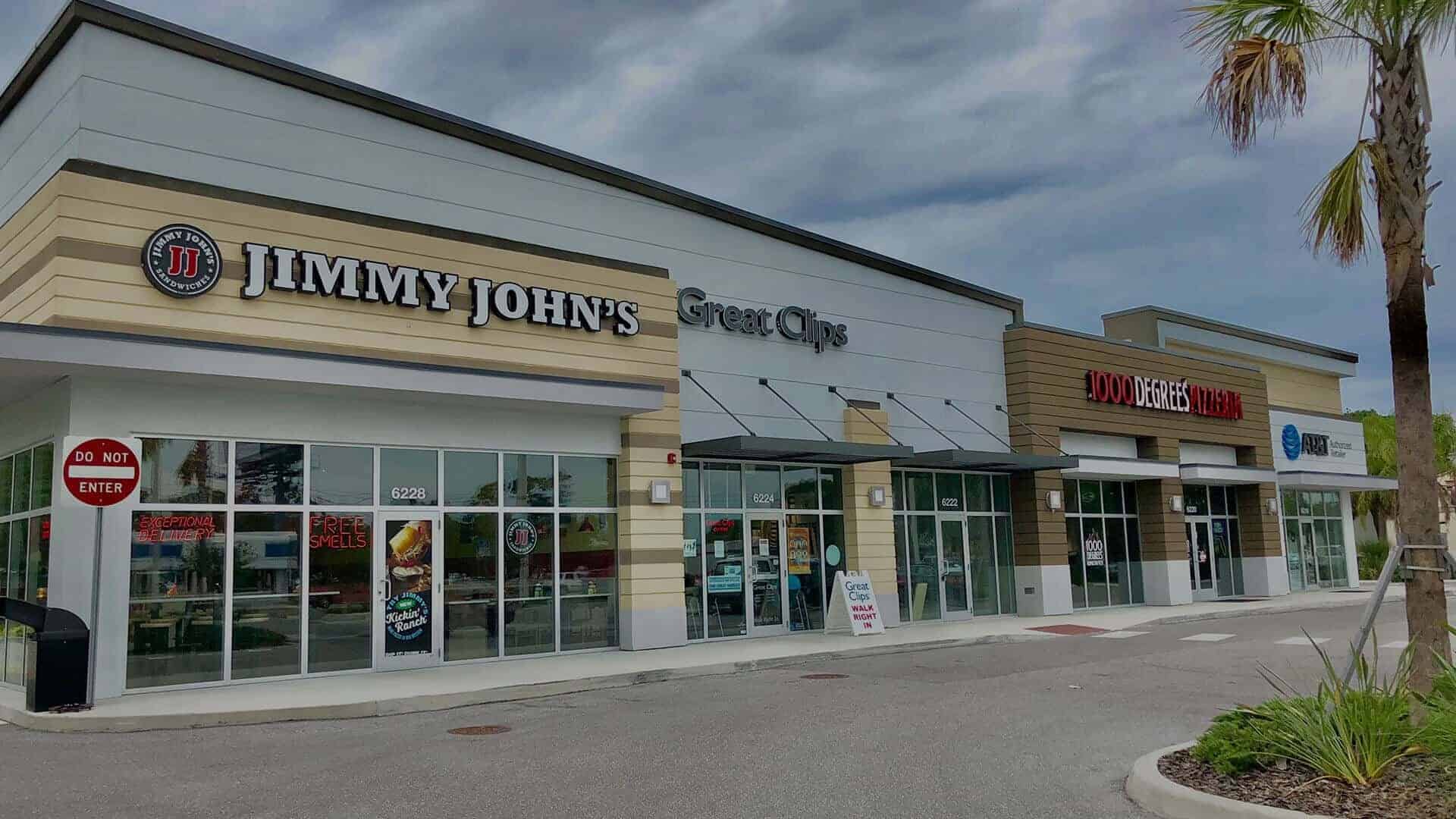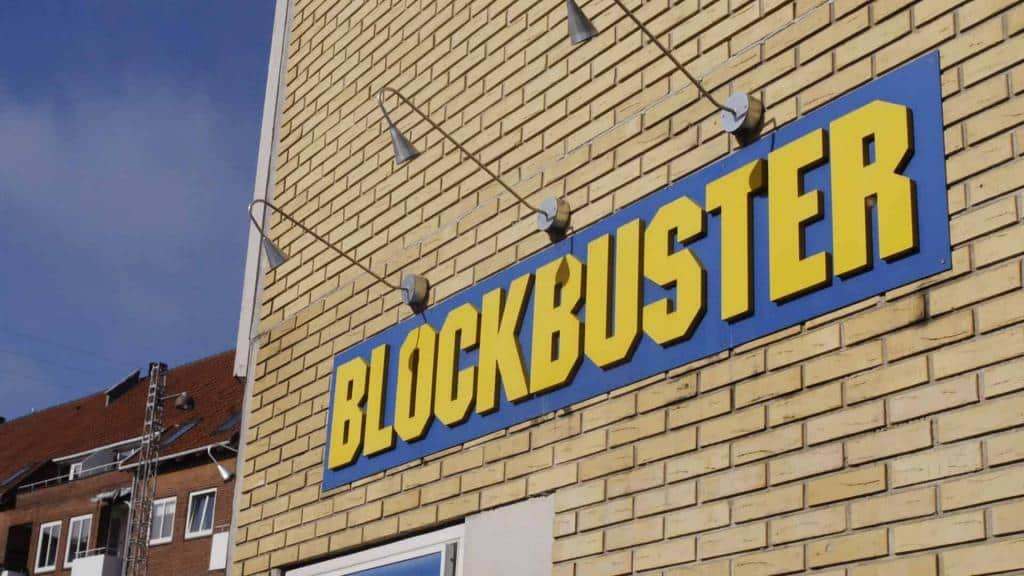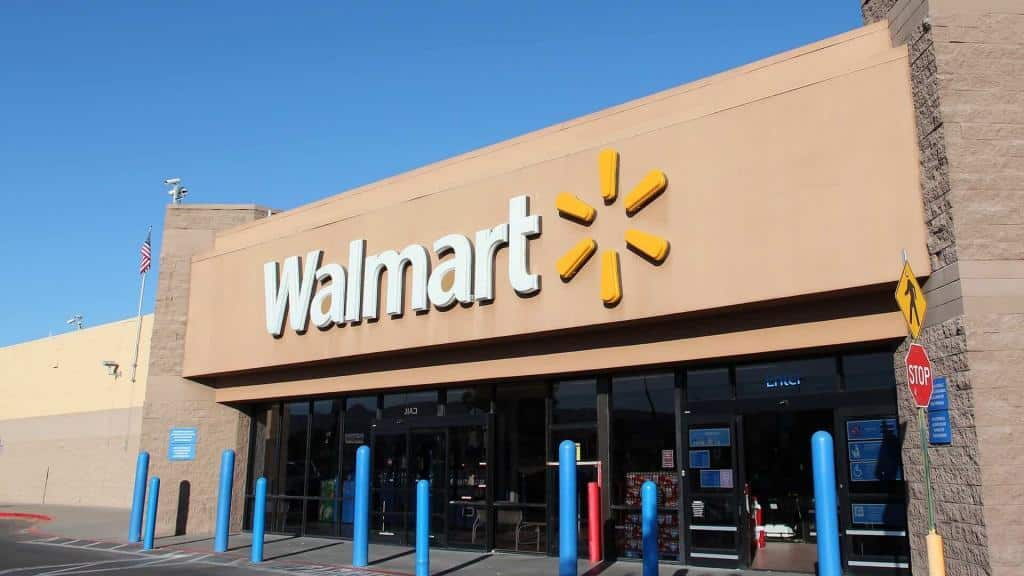Private owners and shopping center investment groups who continue to seek out value are adding retail opportunities, whether that be a grocery-anchored center that needs cosmetic upgrades in order to boost rents and to re-tenant the small shop space or unanchored strip centers with a vacancy that needs to be completely repositioned. Opportunities such as the examples outlined above are being highly sought out after and there is no shortage of banks willing to funds such projects. The sponsor and their track record are heavily weighted factors in addition to the asset’s location, amount of vacancy at the project, and the strength of tenants supporting cash flow. Banks and debt funds are dominating the space for renovation funding with recourse and price being the primary differentiator between the two, with liquidity on both sides of the ball.
As investors continue to seek out value and add retail shopping center opportunities, different funding sources and pathways become available to match the investment strategy of the asset and sponsor. Every deal is unique, and the appetite among banks varies depending on location, size of the loan, quality of the asset, amount of vacancy, and tenant’s credit. The sponsor’s net worth and experience largely dictate the loan’s terms, amount of leverage, and interest rate that a borrower will qualify for. Many private investors are borrowing to enhance the value of their retail assets through facade enhancements, landscaping and parking lot improvements, roof upgrades, tenant improvement funds, and leasing commissions to secure new quality tenants. As it relates to cost of funds, debt funds are generally charging LIBOR plus 250 to 400 basis points, while banks are charging LIBOR plus 175 to 300 basis points in addition to origination and exits fees.








About The Author: Jeff Dervech
More posts by Jeff Dervech